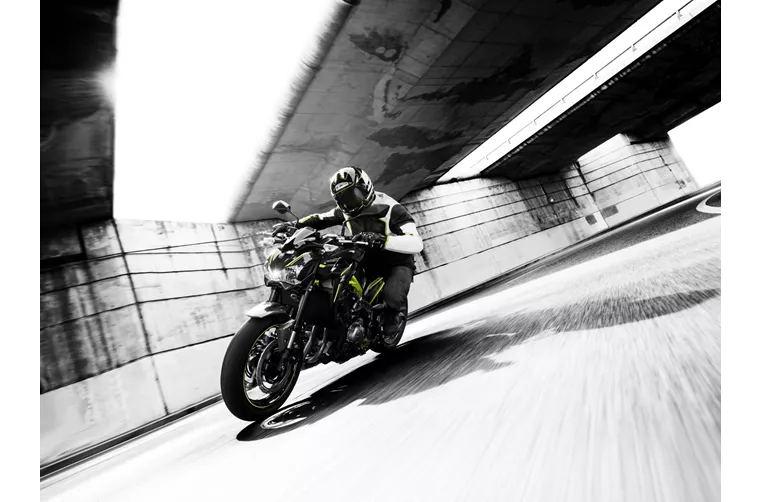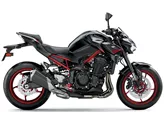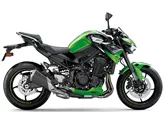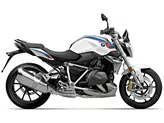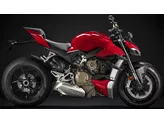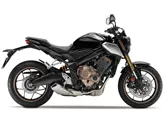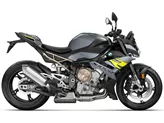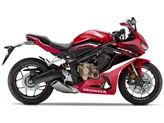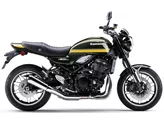BMW S 1000 R 2015 vs. Kawasaki Z900 2018
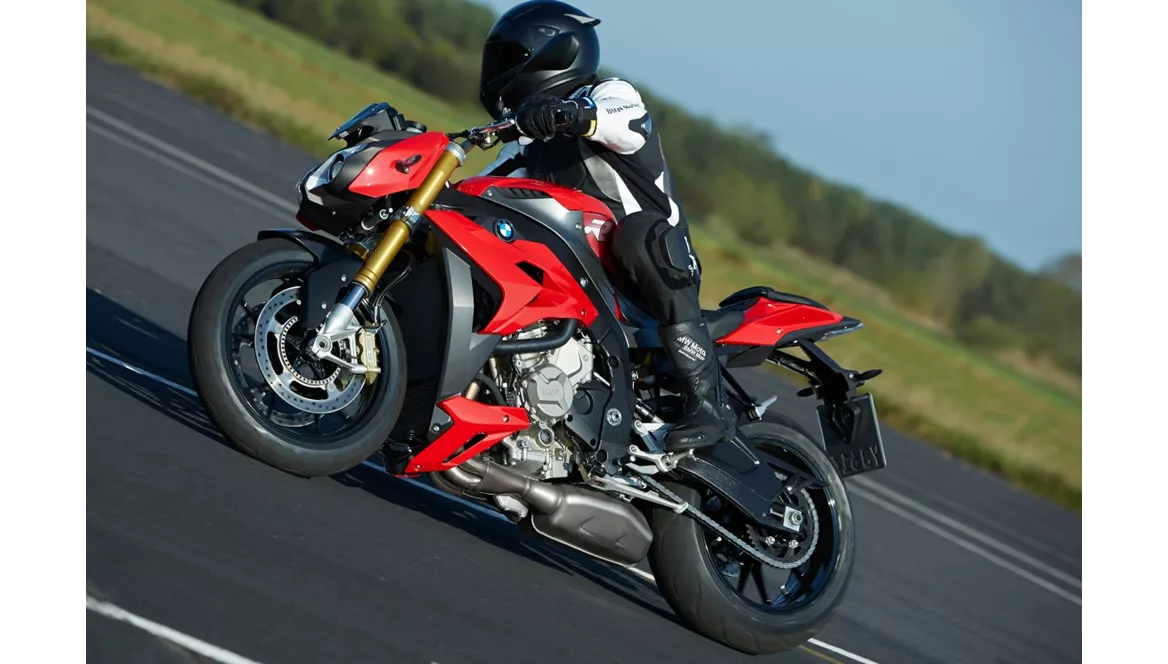
BMW S 1000 R 2015
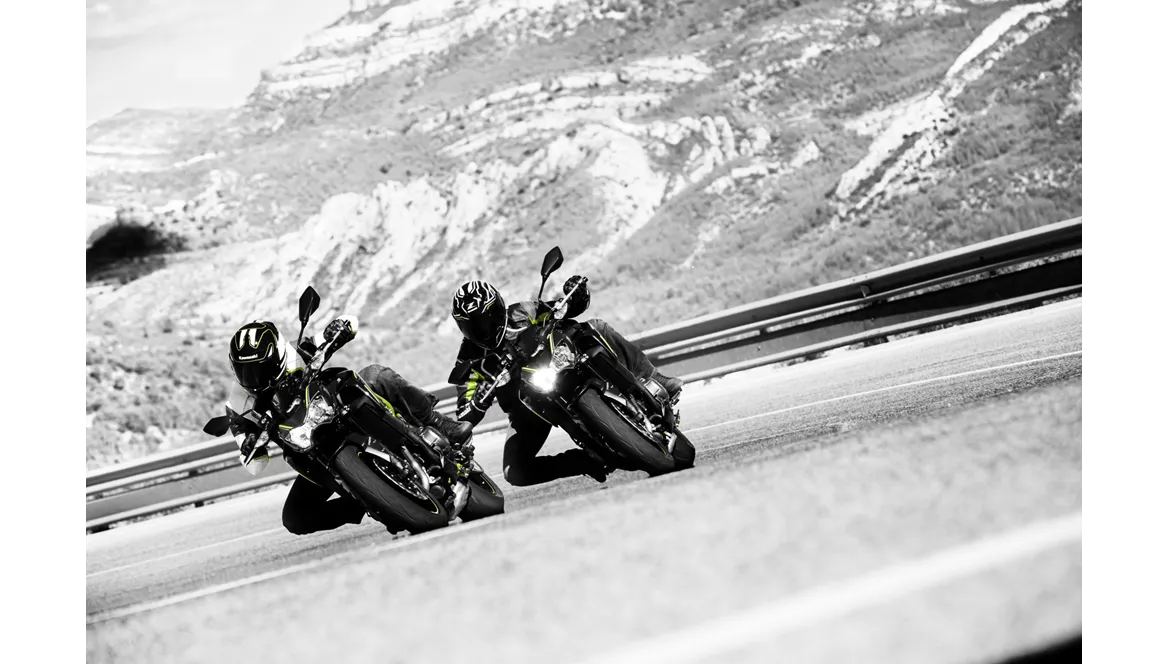
Kawasaki Z900 2018
Pregled - BMW S 1000 R 2015 vs Kawasaki Z900 2018
The BMW S 1000 R 2015 and the Kawasaki Z900 2018 are both naked bikes with similar engine configurations, as they both have an in-line 4-cylinder engine. However, there are several differences between the two models.
In terms of engine power, the BMW S 1000 R 2015 has a higher output with 160 HP compared to the Kawasaki Z900 2018's 125.4 HP. This gives the BMW an advantage in terms of acceleration and top speed. The BMW also has a higher torque of 112 Nm compared to the Kawasaki's 98.6 Nm, which contributes to its strong performance.
Both bikes have upside-down telescopic forks for the front suspension and swing arm with a monoshock for the rear suspension, providing a comfortable and stable ride. However, the BMW has the advantage of advanced rider assistance systems, specifically dynamic suspension, which enhances the bike's handling and stability.
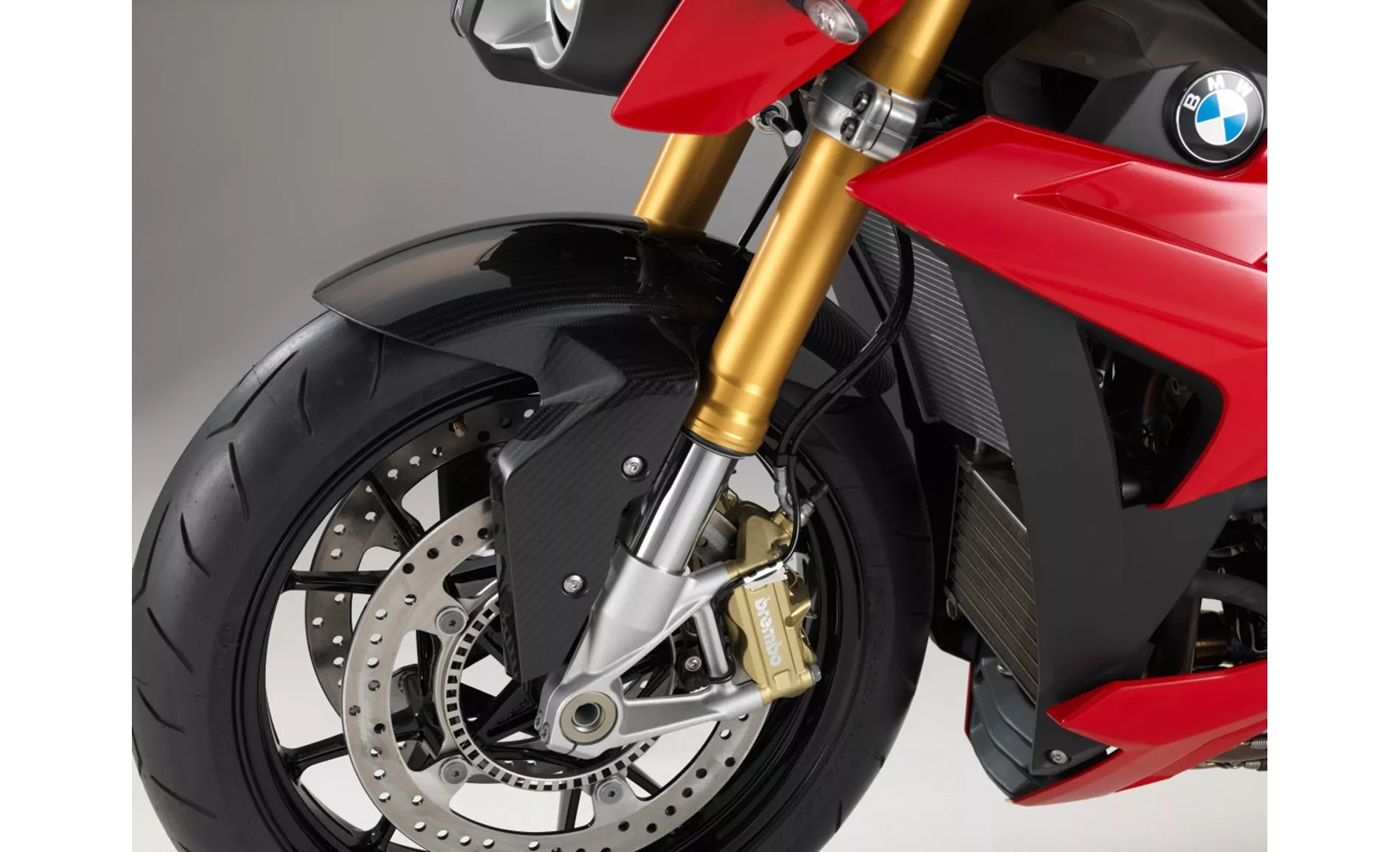
BMW S 1000 R 2015
In terms of chassis, the BMW S 1000 R 2015 has an aluminum frame with a twin tube design, while the Kawasaki Z900 2018 has a steel frame with a double cradle design. The aluminum frame of the BMW is lighter and provides better handling, while the steel frame of the Kawasaki offers more stability.
Both bikes have double disk brakes with four pistons in the front, providing strong and reliable stopping power. However, the BMW S 1000 R 2015 has radial technology for its front brakes, which improves brake performance and feel compared to the petal technology used in the Kawasaki Z900 2018.
In terms of dimensions and weights, the BMW S 1000 R 2015 has a slightly shorter wheelbase of 1439 mm compared to the Kawasaki Z900 2018's 1450 mm. The seat height of the BMW is also slightly higher at 814 mm compared to the Kawasaki's 795 mm. However, the weight of the BMW is slightly lighter at 207 kg compared to the Kawasaki's 210 kg.
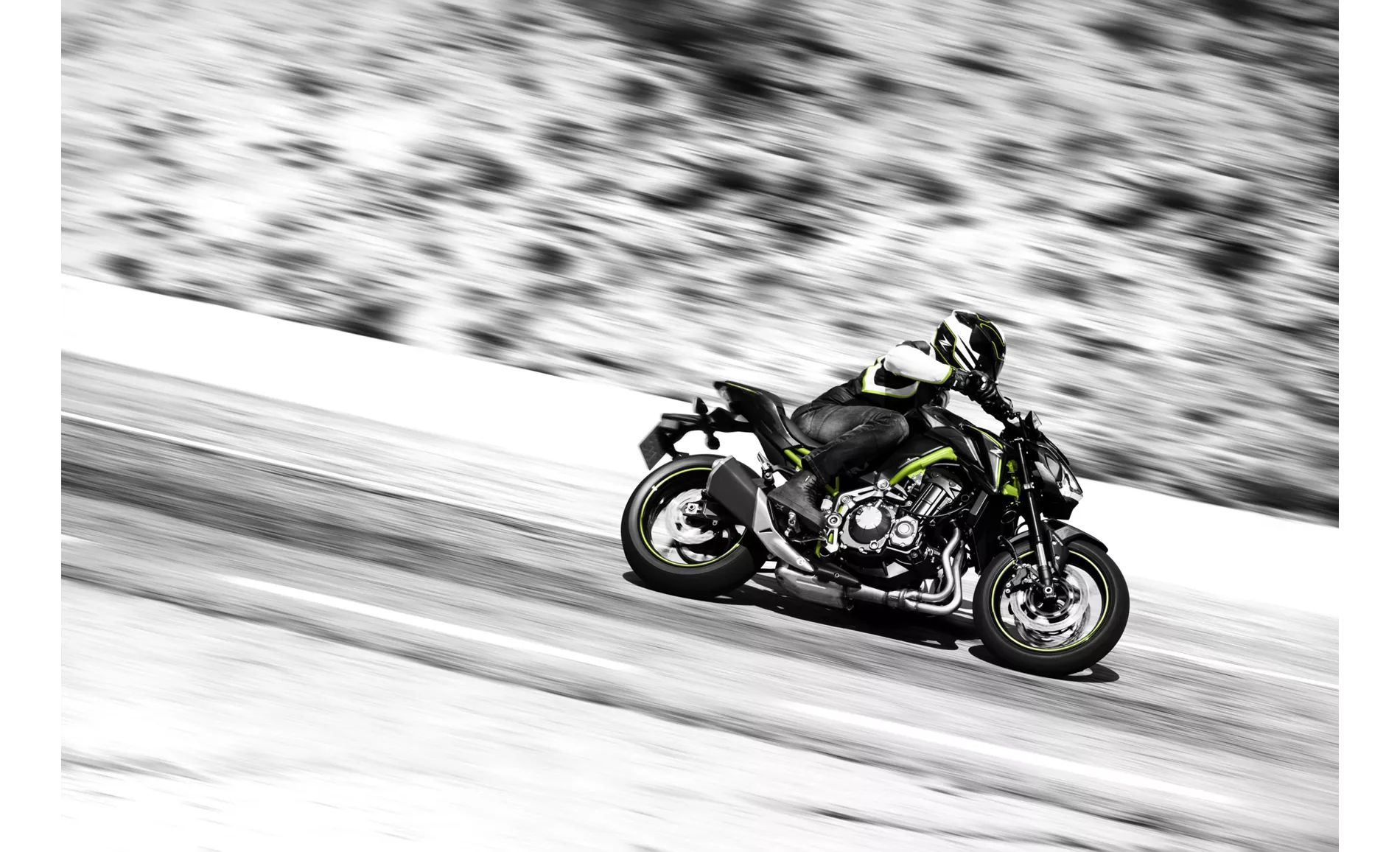
Kawasaki Z900 2018
In terms of strengths, the BMW S 1000 R 2015 has a powerful and well-controllable engine, a powerful braking system, and a comparatively comfortable seating position. On the other hand, the Kawasaki Z900 2018 has a powerful and silky engine, great sound, a sharp and sporty look, a low seating position, and easy handling and maneuverability.
In terms of weaknesses, the BMW S 1000 R 2015 has irresistible but expensive optional extras, a hard chassis, and vibrations in the handlebars. On the other hand, the Kawasaki Z900 2018 lacks traction control and the knee angle may be strenuous for tall riders in the long run.
In conclusion, both the BMW S 1000 R 2015 and the Kawasaki Z900 2018 are powerful naked bikes with their own strengths and weaknesses. The BMW offers a more powerful engine and advanced rider assistance systems, while the Kawasaki has a sportier look and easy handling. Ultimately, the choice between the two will depend on the rider's preferences and priorities.
Tehničke specifikacije BMW S 1000 R 2015 u odnosu na Kawasaki Z900 2018
Prednosti i nedostaci u odnosu na
Prednosti i nedostaci u odnosu na
BMW S 1000 R 2015
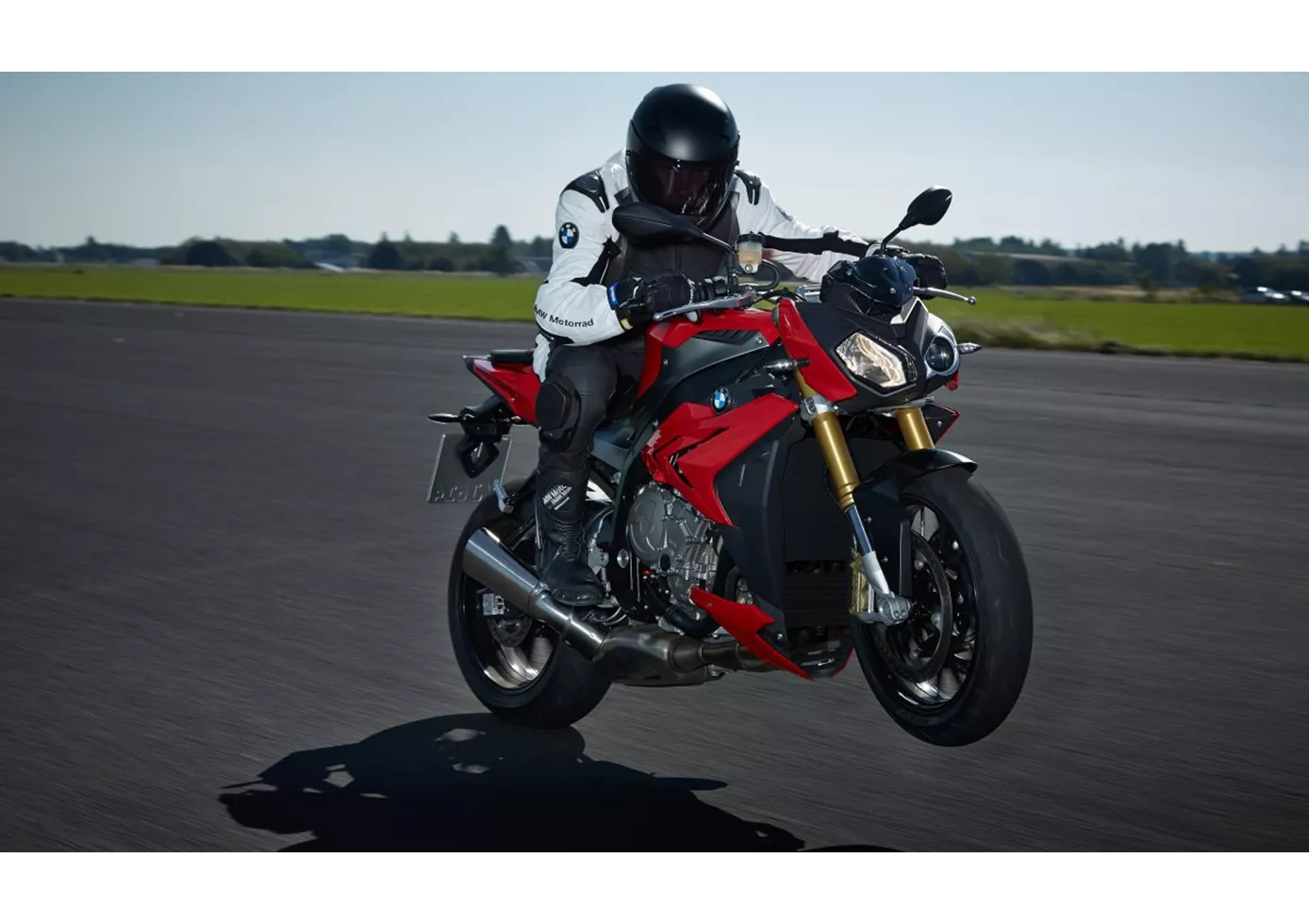
With the BMW S 1000 R, you notice both the close relationship to the S 1000 RR superbike and the endeavour to equip the machine with a high degree of comfort for country roads and everyday use. Accordingly, the 1000cc four-cylinder power unit is brute and yet easily controllable, and the seating position is correspondingly sporty and comfortable. The fact that the S 1000 R is one of the most affordable power naked bikes is surprising and very pleasing, although one must not get hold of the list of optional extras - because thanks to the many irresistible features, it will certainly be more expensive.
Kawasaki Z900 2018
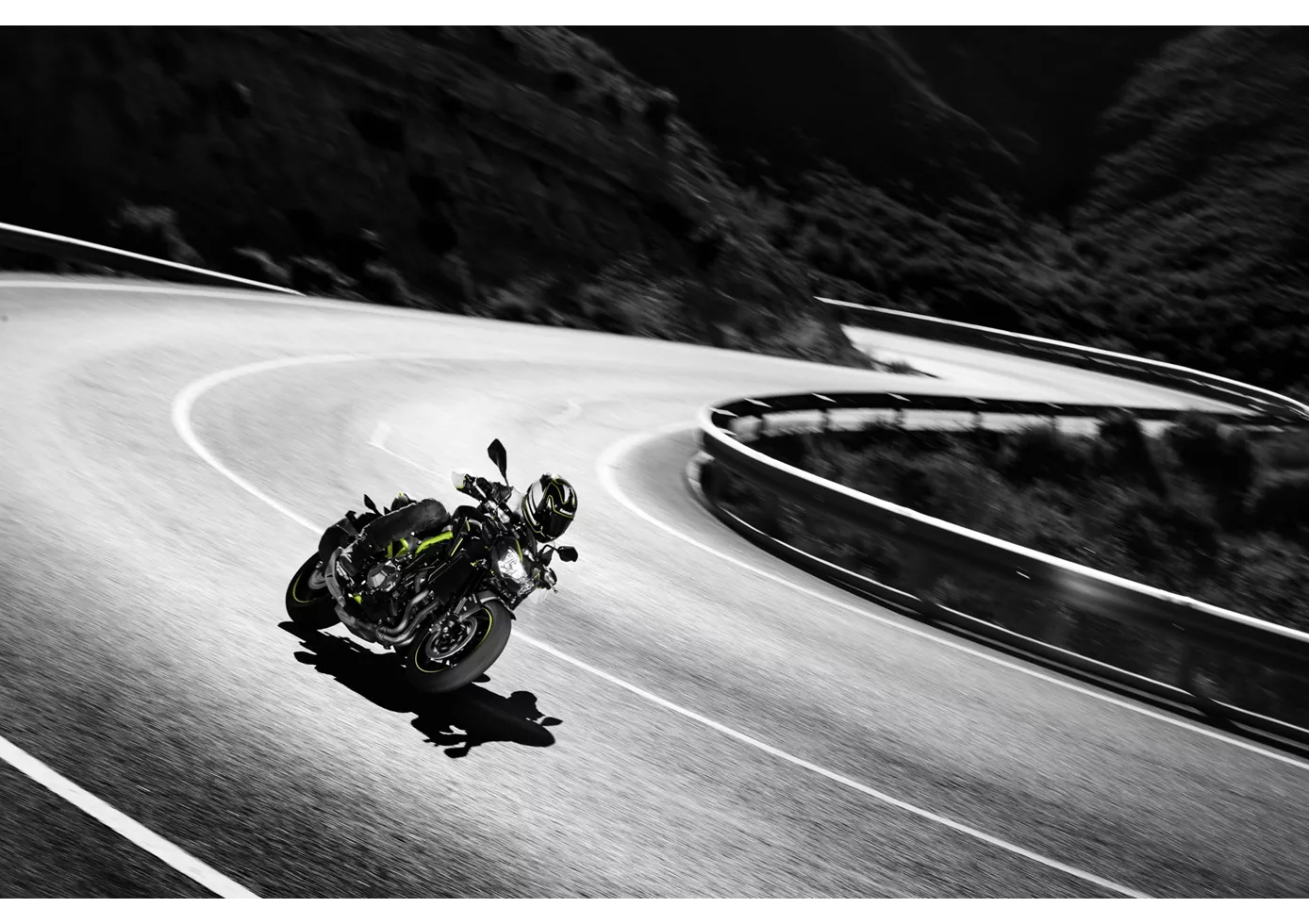
In the hotly contested naked bike segment, the Z900 plays right at the front. Above all, its engine is absolutely terrific, runs incredibly silky and offers rich power in all rev regions - as befits a Japanese four-cylinder. Its sporty, aggressive appearance matches this. It does without electronic bells and whistles, but still conveys a lot of confidence when chasing corners, braking and accelerating out of them. The low seat is especially beneficial for smaller riders, but taller riders might miss a flatter knee angle on long distances. The low weight and compactness make the Z900 particularly agile and easy to handle. A sporting cannon that is also extremely appealing in terms of price
Usporedba cijena Prosječna tržišna cijena BMW S 1000 R vs Kawasaki Z900
There are a few key differences between a BMW S 1000 R 2015 and a Kawasaki Z900 2018. In terms of price, the actual average price of a BMW S 1000 R 2015 is about 17% higher. A BMW S 1000 R 2015 experiences a loss of 250 USD in one year and 600 USD in two years of ownership. This is offset by a loss of 640 USD and 520 USD for a Kawasaki Z900 2018. Compared to Kawasaki Z900 2018 there are less BMW S 1000 R 2015 bikes available on the 1000PS.de Marketplace, specifically 12 compared to 55. It takes less time to sell a BMW S 1000 R with 61 days compared to 112 days for a Kawasaki Z900. Since model year 2014 1000PS.de editors have written 62 reviews for the BMW S 1000 R and 46 reviews for the Kawasaki Z900 since model year 2017. The first review for the BMW S 1000 R was published on 11/3/2013 and now has more than 17,300 views. This compares to more than 93,200 views for the first review on Kawasaki Z900 published on 11/11/2016.

